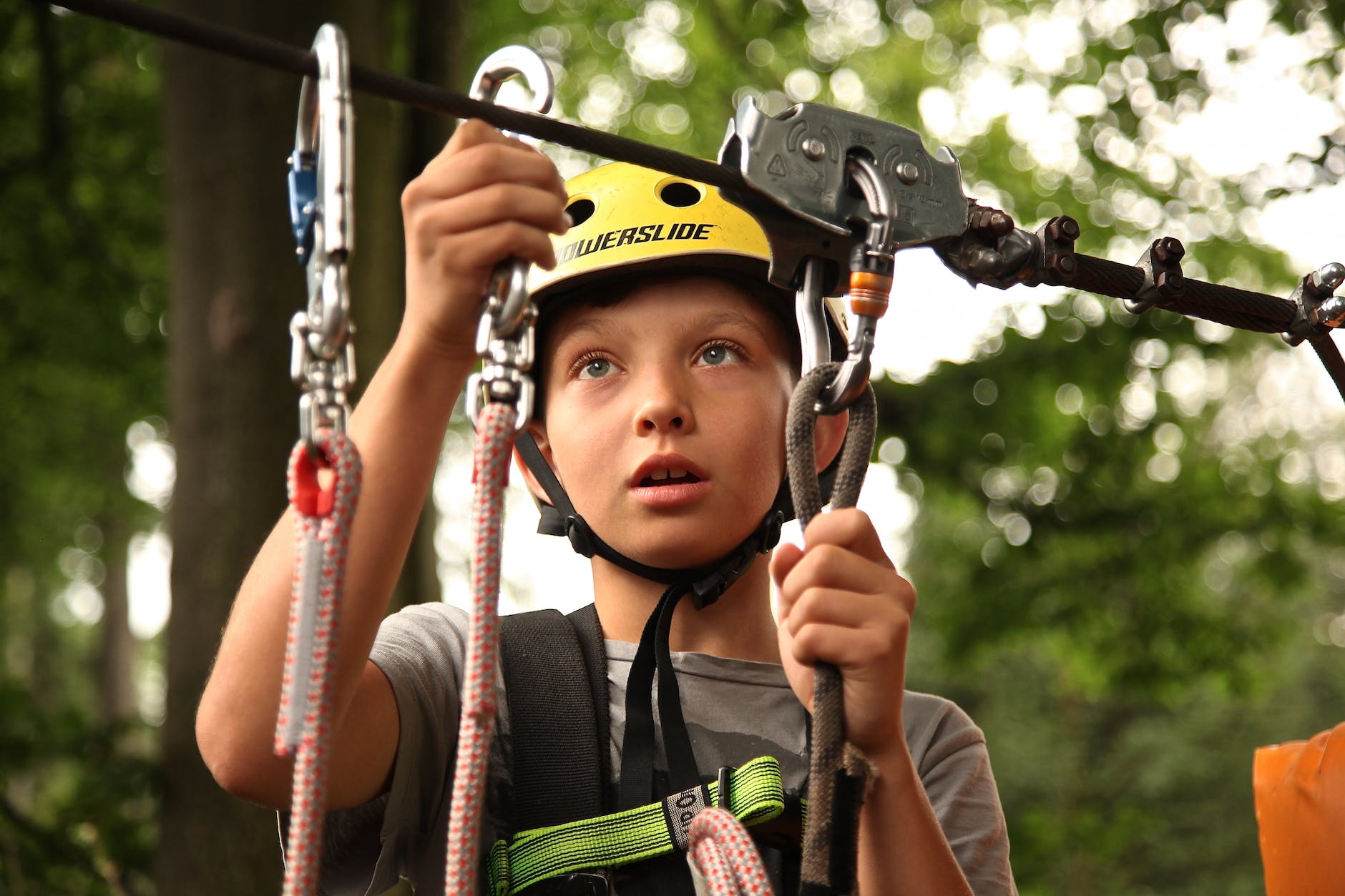Introduction: Ensuring a Safe Home Environment for Children
As parents, one of our primary responsibilities is to create a safe and secure environment for our children. Home safety is of utmost importance, as it is where children spend a significant amount of their time. By taking proactive measures to childproof our homes, we can prevent accidents and protect our little ones from potential hazards. In this article, we will explore various childproofing tips and advice to ensure a safe home environment for kids.
Identifying Potential Hazards: Common Household Dangers to Watch Out For
Before we can effectively childproof our homes, it is crucial to identify potential hazards that may pose a threat to our children’s safety. Common household dangers include electrical outlets, sharp objects, toxic substances, choking hazards, and furniture tip-overs. Electrical outlets should be covered with safety plugs or outlet covers to prevent children from inserting objects into them. Sharp objects such as knives and scissors should be stored out of reach or secured in locked cabinets. Toxic substances like cleaning products, medications, and laundry detergents should be stored in locked cabinets or high shelves. Small objects that can cause choking, such as coins or small toys, should be kept away from young children. Additionally, heavy furniture should be anchored to the wall to prevent tip-overs, which can cause serious injuries or even fatalities.
Childproofing Essentials: Must-Have Safety Measures for Every Home
Childproofing our homes involves implementing essential safety measures to minimize the risk of accidents. One of the most important childproofing essentials is installing safety gates at the top and bottom of staircases to prevent falls. Safety gates should also be used to restrict access to certain areas of the house, such as the kitchen or home office, where potential hazards may be present. Another crucial safety measure is securing furniture and appliances to prevent tipping. Heavy furniture, such as bookshelves or televisions, should be anchored to the wall using furniture straps or brackets. Cabinet locks and latches should be installed to keep children away from hazardous substances or sharp objects. Additionally, window guards or window stops should be used to prevent falls from open windows.
Room-by-Room Safety: Tips for Childproofing Specific Areas of the House
Childproofing should be done on a room-by-room basis to address specific hazards in each area of the house. In the kitchen, it is essential to keep sharp objects, cleaning supplies, and hot appliances out of reach. Stove knob covers can be used to prevent children from accidentally turning on burners. In the bathroom, medications, cleaning products, and electrical appliances should be stored securely. Toilet locks can be installed to prevent drowning accidents. In the living room, cords from blinds or curtains should be tied up and out of reach to prevent strangulation. Furniture with sharp corners can be covered with corner guards. Bedrooms should have smoke detectors and carbon monoxide detectors installed, and blind cords should be kept out of reach. It is also important to secure heavy furniture, such as dressers or bookshelves, to prevent tip-overs.
Outdoor Safety: Protecting Children from Hazards in the Yard and Beyond
While childproofing the interior of our homes is crucial, we must not overlook the potential hazards that exist in our yards and beyond. When it comes to outdoor safety, it is essential to have a secure fence around the yard to prevent children from wandering off or encountering traffic. Gates should be self-closing and self-latching to ensure that they are always properly closed. Pools and other bodies of water should be securely fenced and have a locked gate. Additionally, outdoor play equipment should be inspected regularly for any signs of wear or damage. Swings, slides, and climbing structures should be securely anchored and have a soft landing surface, such as mulch or rubber mats, to cushion falls. It is also important to teach children about road safety and the dangers of strangers when playing outside the home.
Safety Education: Teaching Kids about Home Safety and Emergency Preparedness
In addition to implementing safety measures, it is crucial to educate children about home safety and emergency preparedness. By teaching them about potential hazards and how to respond in emergencies, we empower them to make safe choices and take appropriate action. Children should be taught about fire safety, including the importance of smoke detectors, creating an escape plan, and how to stop, drop, and roll in case of a fire. They should also be educated about the dangers of playing with matches or lighters. Additionally, children should be taught basic first aid skills, such as how to apply a bandage or call for help in case of an injury. It is also important to discuss emergency situations, such as severe weather or natural disasters, and establish a family emergency plan.
In conclusion, ensuring a safe home environment for children requires proactive childproofing measures and safety education. By identifying potential hazards, implementing essential safety measures, childproofing specific areas of the house, protecting children from outdoor hazards, and teaching them about home safety and emergency preparedness, we can create a secure environment for our little ones. Remember, childproofing is an ongoing process, and regular inspections and updates are necessary as children grow and new hazards arise. By prioritizing home safety, we can provide our children with the protection they need to thrive and grow.
